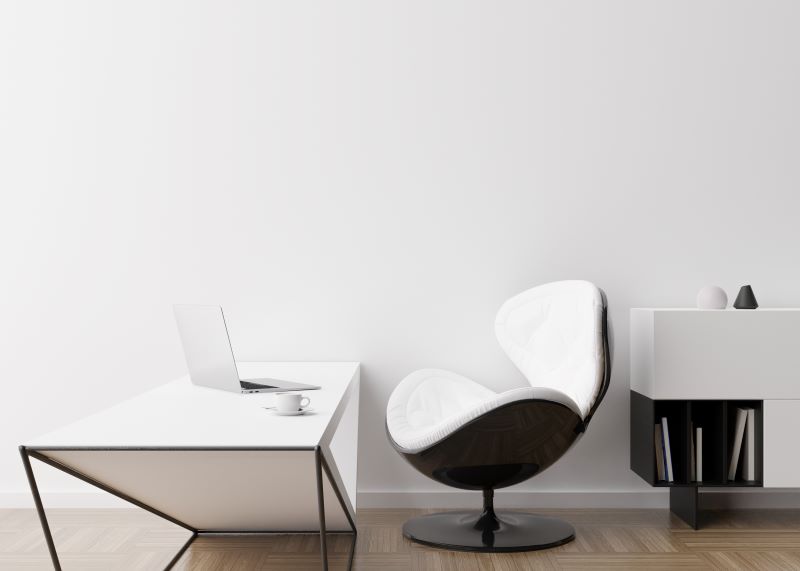Click here to get this post in PDF
In today’s fast-paced work environment, the design and layout of an office can significantly impact productivity, creativity, and employee well-being. One concept that has gained popularity for its positive effects on the workplace is the creation of breakout spaces. These areas, designed to offer a departure from the traditional desk and conference room setup, encourage relaxation, spur creativity, and facilitate informal interactions among team members. Essential to these spaces is the selection of breakout office furniture, which plays a pivotal role in defining the functionality and ambiance of these innovative areas.
The Significance of Breakout Spaces
Breakout spaces are not just additional seating areas; they are strategically designed zones aimed at enhancing the work environment in multiple ways. These areas serve various purposes, such as providing a place for employees to take a break, engage in casual meetings, or work independently in a more relaxed setting. The right furniture in these spaces can transform the way employees interact with their workspace, leading to increased satisfaction and efficiency.
Choosing the Right Breakout Office Furniture
Selecting furniture for breakout areas requires careful consideration of several factors, ensuring the space meets the needs of all employees. Here are some key elements to consider:
- Comfort: Furniture should offer a high level of comfort to encourage employees to use the space for relaxation and informal meetings.
- Flexibility: Modular pieces that can be easily reconfigured can adapt to various activities, from individual work to group discussions.
- Durability: High-quality materials are essential to withstand the wear and tear of daily use, maintaining the aesthetics and functionality of the furniture.
- Design: The furniture should complement the overall office decor, creating an inviting atmosphere that reflects the company’s culture and values.
Essential Pieces for a Breakout Area
To create an effective breakout space, certain types of furniture are fundamental. Here’s a non-exhaustive list of pieces that can enhance these areas:
- Soft Seating: Sofas, armchairs, and bean bags offer comfortable options for relaxation and informal meetings.
- Collaborative Tables: Round or oval tables encourage teamwork and discussion, providing a conducive environment for brainstorming sessions.
- Privacy Pods: For tasks requiring focus or confidential conversations, pods or booths with acoustic features can offer privacy within the open-plan office.
- Café-Style Seating: High tables and stools can create a dynamic, café-like setting, suitable for quick meetings or a change of scenery from the traditional desk.
The Impact of Thoughtfully Designed Breakout Spaces
The benefits of incorporating well-designed breakout spaces with appropriate furniture extend beyond aesthetics. These areas can significantly influence the office dynamic, fostering a culture of collaboration and innovation. Employees are likely to experience increased job satisfaction, reduced stress levels, and enhanced creativity, contributing to the overall success of the organization.
Conclusion
Breakout office furniture is more than just an accessory to the modern workspace; it’s a vital component in creating environments that support the physical and psychological needs of employees. By carefully selecting pieces that offer comfort, flexibility, and a sense of community, companies can transform their office spaces into vibrant hubs of creativity and collaboration. As we move forward, the importance of these spaces and their furnishings will only continue to grow, shaping the future of workplace design.
You may also like: Why your business should seek a flexible workspace while the economic outlook remains uncertain
Image source: elements.envato.com

